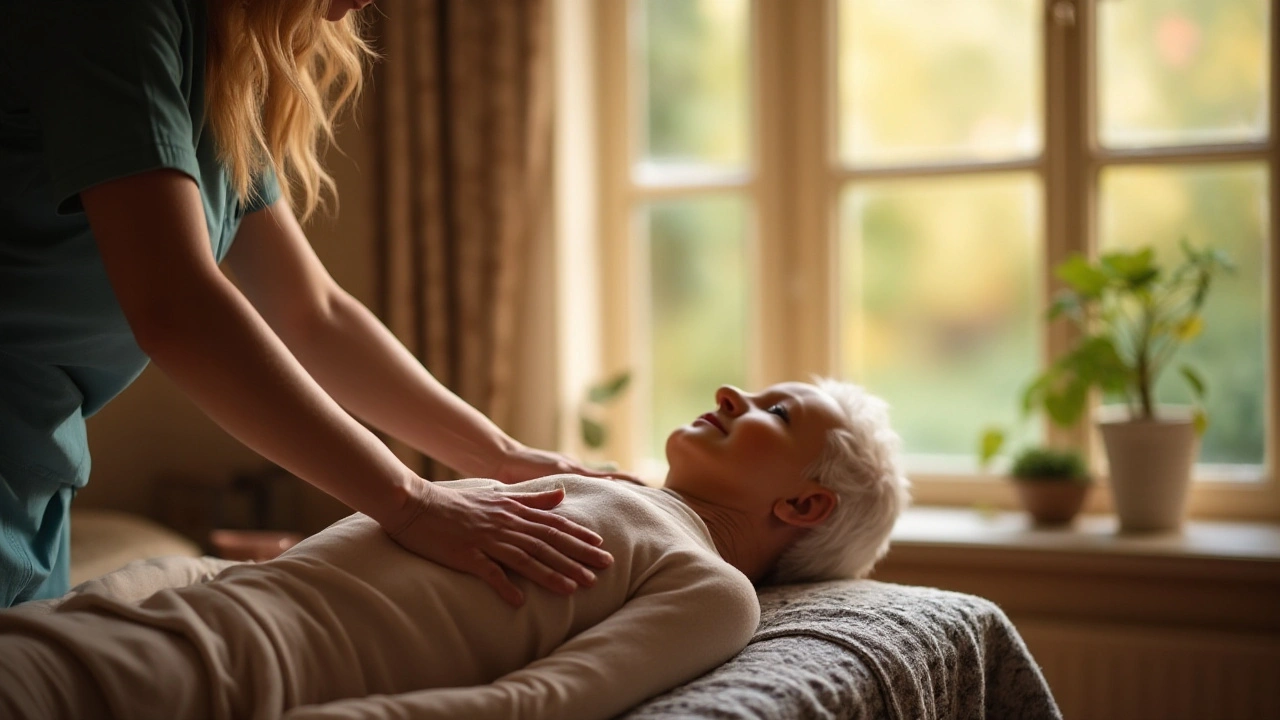Patient Comfort: How Massage Techniques Make a Difference
When you think about patient comfort, what comes to mind? Often, it’s about finding ways to ease pain, reduce stress, and promote healing. Massage therapy plays a major role here, offering an accessible way to improve how someone feels physically and mentally. Whether dealing with chronic pain, recovering from surgery, or simply wanting to relax, the right massage makes a big difference.
Not all massages are alike, though. Techniques vary widely depending on the goal, such as deep tissue massage for tight muscles or lymphatic drainage to reduce swelling. Understanding these differences helps you or your therapist choose what suits your needs best.
Why Massage Therapy Boosts Comfort
Massage relaxes muscles and eases tension, which reduces pain signals your body sends. It can also improve blood flow, helping tissues heal faster. Beyond physical relief, massage triggers the release of endorphins—your body’s natural feel-good chemicals. This combination calms the nervous system, making you feel more at ease and less anxious.
Therapies like myofascial release target tight connective tissue, helping restore movement and comfort. Others, like prenatal massage, are specially designed to support pregnant women, addressing unique discomforts safely. The key is customizing the approach—what works wonders for one person may not suit another.
Simple Tips for Enhancing Patient Comfort During Massage
Creating comfort isn’t just about technique. A welcoming environment, clear communication, and respect for boundaries count a lot. Make sure you’re warm enough, use pillows or supports to ease pressure points, and speak up if anything feels uncomfortable. Listening to your body is the best way to get the most from any therapy.
Also, therapists who understand your personal concerns can tailor sessions to avoid pain triggers and focus on areas needing the most care. Regular sessions often build on each other, improving results over time.
In short, patient comfort is about more than just relaxing muscles—it’s a thoughtful blend of skill, communication, and paying attention to what your body truly needs. Getting familiar with different massage options and speaking openly with your therapist puts you in control of your healing journey.
How Palliative Massage Revolutionizes Holistic Health Care
Palliative massage offers significant benefits in holistic health, improving both physical comfort and emotional well-being for patients with serious illnesses. It involves gentle techniques designed to ease pain, alleviate stress, and enhance quality of life, making it a vital part of comprehensive care. This approach focuses on individual needs, providing relief from symptoms often associated with challenging health conditions. Pioneering studies and real-world applications demonstrate its effectiveness, while practical tips can help caregivers incorporate these methods effectively.
Palliative Massage Therapy: A Source of Comfort in Palliative Care
Palliative massage therapy brings immense comfort and emotional relief to patients experiencing serious illnesses. This form of massage is designed to reduce pain, lower stress, and improve overall well-being without demanding physical exertion. It can significantly elevate the quality of life for individuals undergoing palliative care, making their experience more bearable and dignified. Discover the benefits and practices of palliative massage and how it serves as a beacon of hope for patients and families alike.


